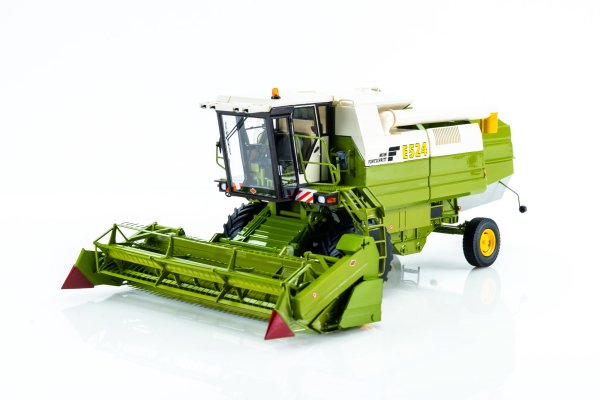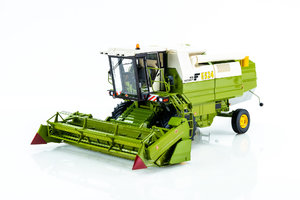Fortschritt Landmaschinen has been the largest manufacturer of agricultural machinery in the German Democratic Republic since the 1960s.
As competing businesses began supplying machines to the Eastern Bloc, Fortschritt had to come up with a new, innovative harvester model to help them keep up. In 1987, the Fortschritt MDW E-523 model was created. The width of the threshing drum was 1300 mm, the diameter of the threshing drum was 600 mm. The volume of the grain storage was 4.5 m3. The power of the combine was 85 kW and it was delivered with a mechanical drive.
The successor to this model was the Fortschritt E-524 MDW, which was first tested in 1985 in Hungary and serial production began in 1989 in Singwitz. It was a modern combine with a lower price compared to the Claas Dominator and the Fortschritt E-523. It also had an increased tank volume (5270 l) and increased engine power, which is a 6-cylinder 6 VD 14.5/12.5-1 SVW 110 kW. The width of the frame is 3.60 m, 4.20 m, 4.80 m and 5.60 m.
In addition to grain, the machine was able to harvest almost everything that grew on the field (corn, oilseeds, legumes, fodder, vegetables, etc.)
The combine had an air-conditioned cab manufactured by VEB Landmaschinenbau "Rotes Banner" Döbeln, which also housed an EER Comfort on-board computer. A Möve driver's seat was available, which was used in many East German and Hungarian agricultural machines and trucks.
After 1989, manufacturers of combine harvesters such as John Deere, Massey Ferguson and New Holland penetrated the eastern market. Fortschritt models could no longer compete with these machines, and therefore the E-524 model was the last in the history of Fortschritt.
Real machine - template
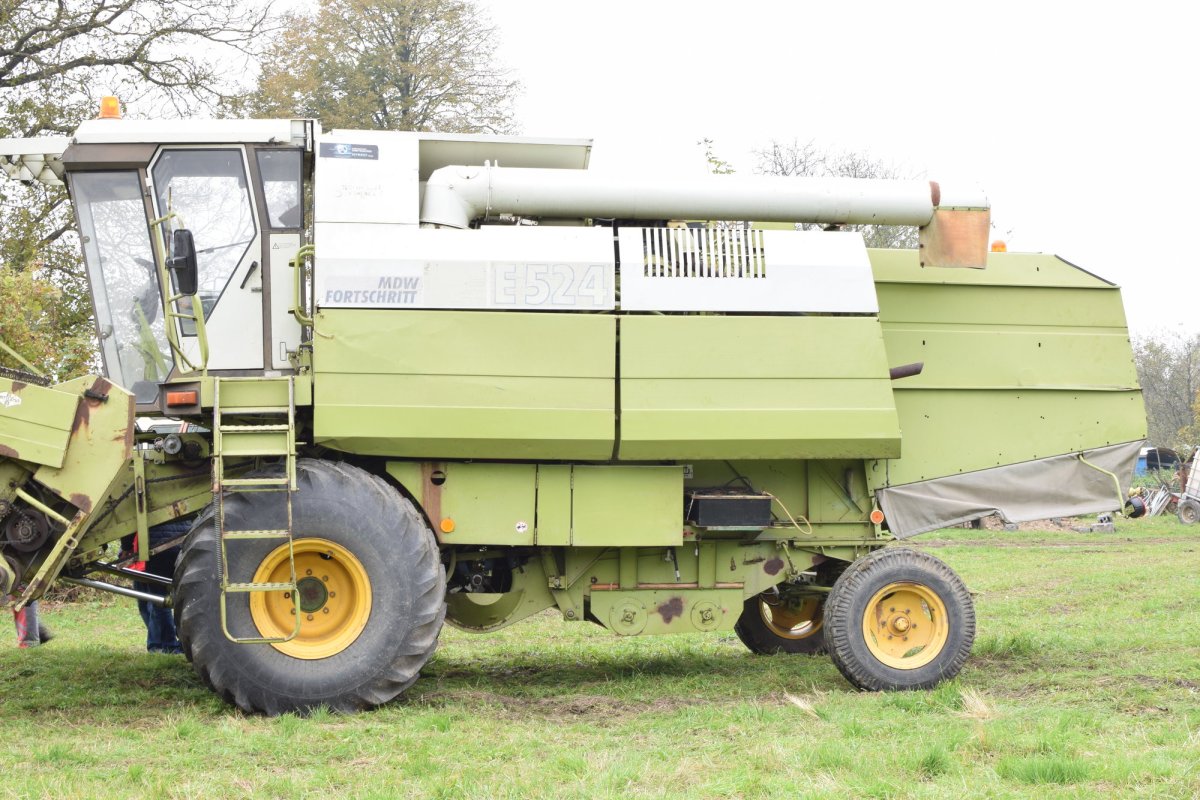
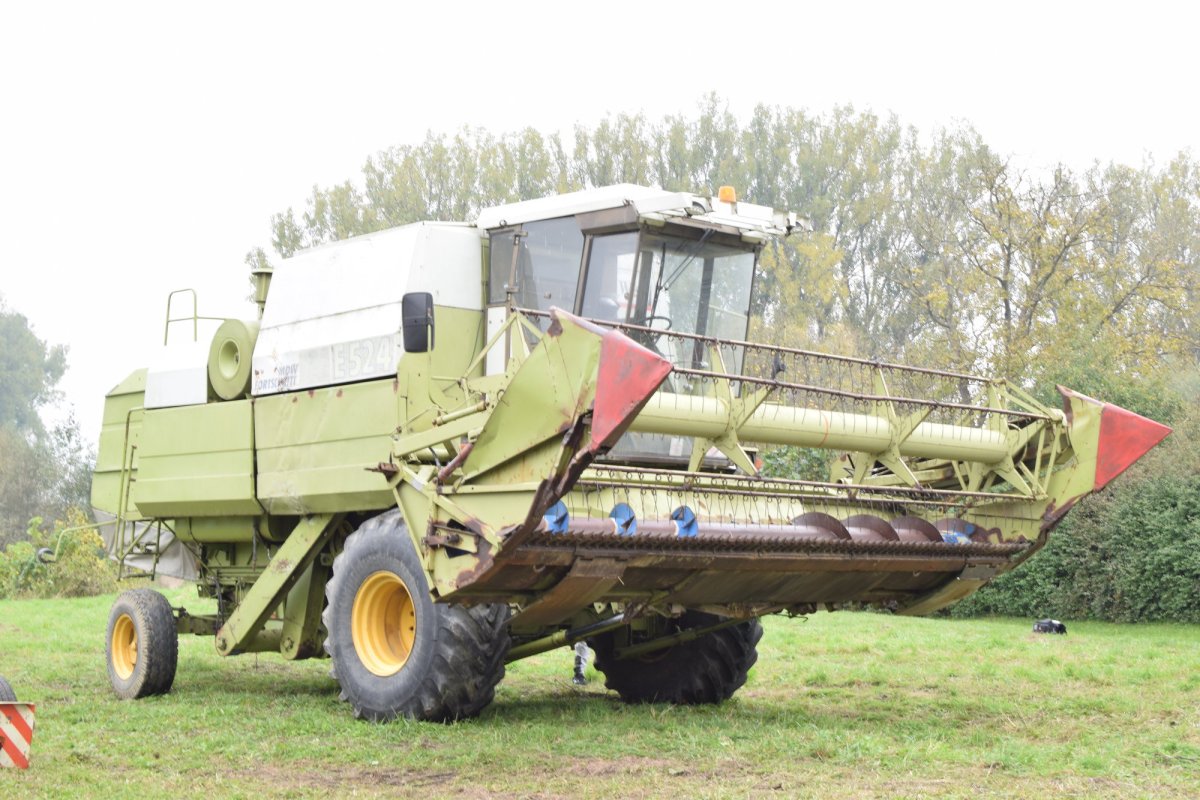
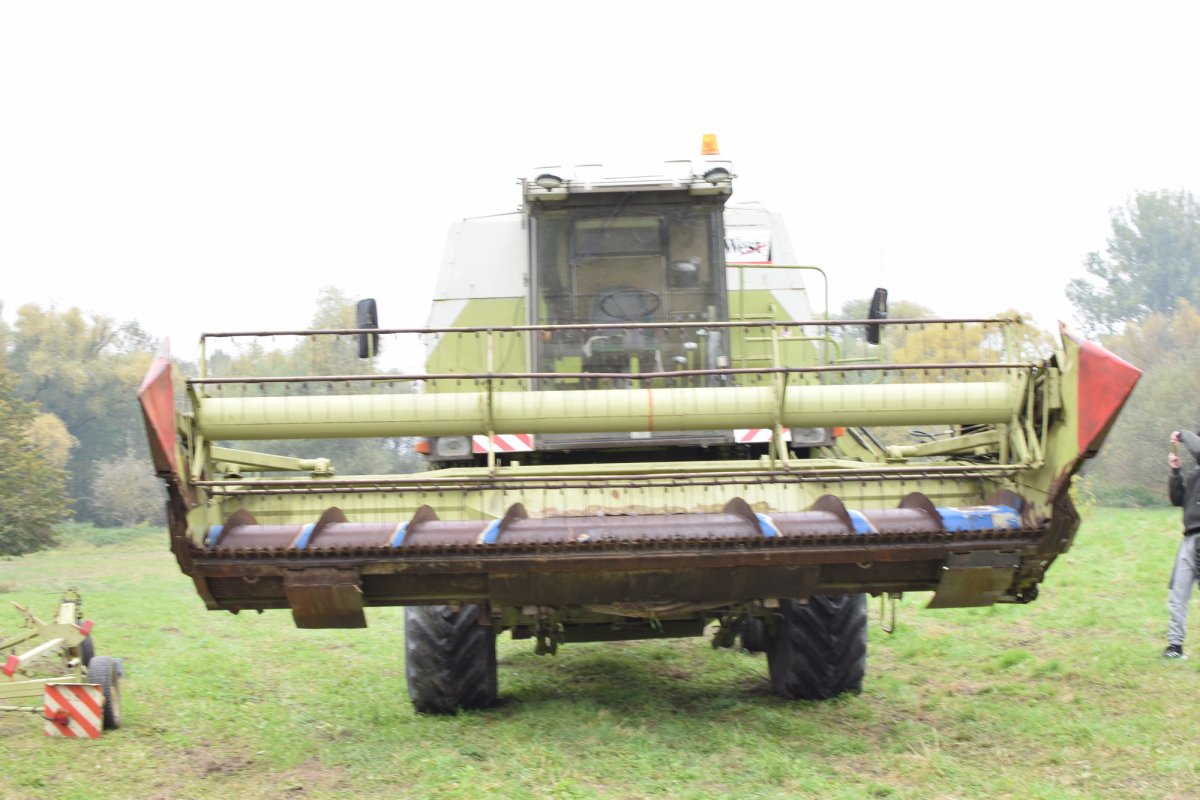
Model sketch
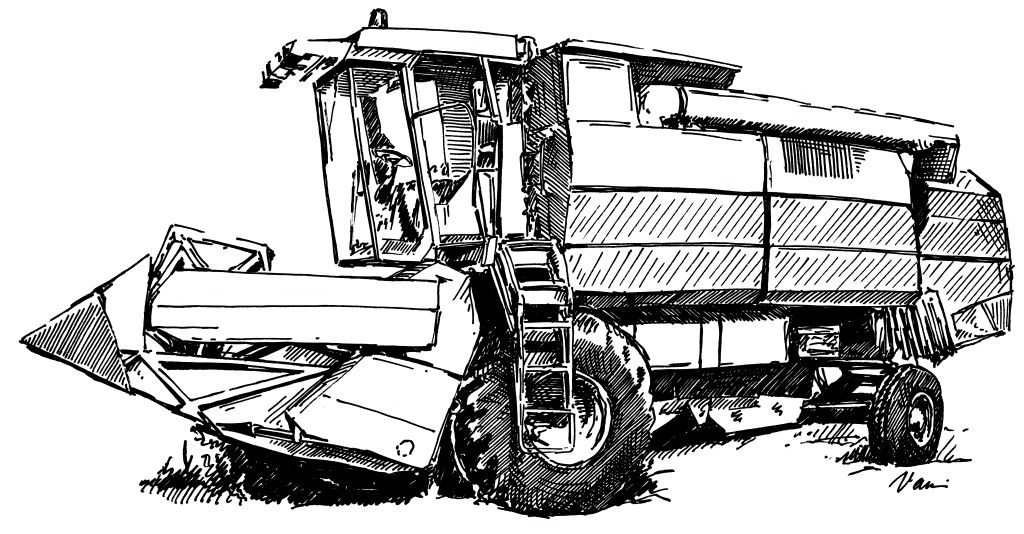
What was the production process like?
Since we pay attention to every single detail of our models , we check and comment on every single deficiency.
Prototype
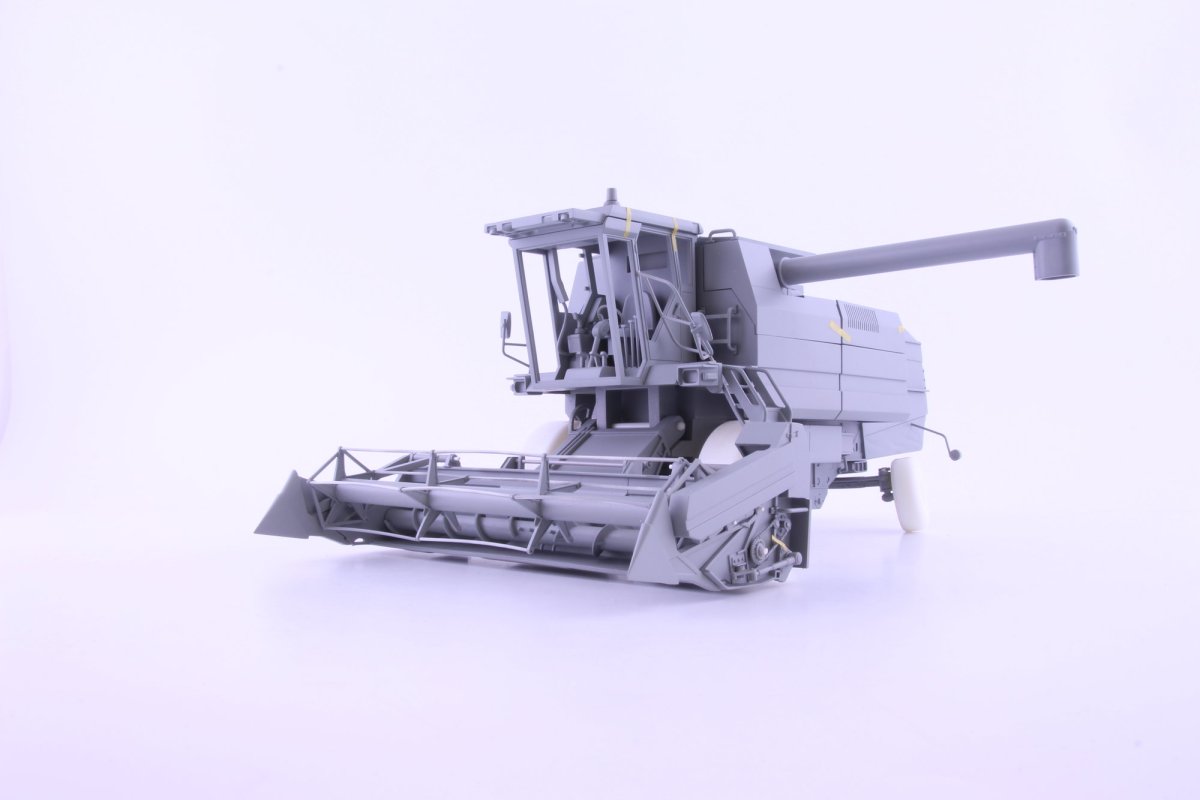
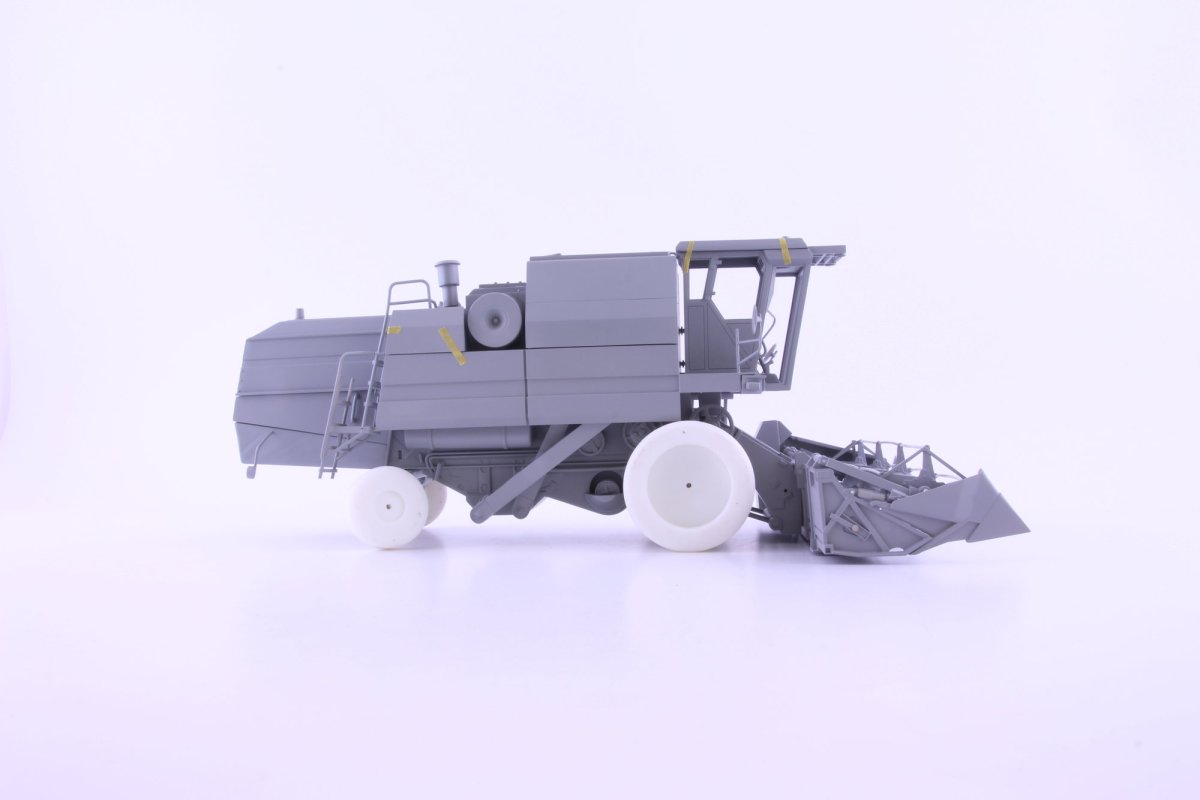
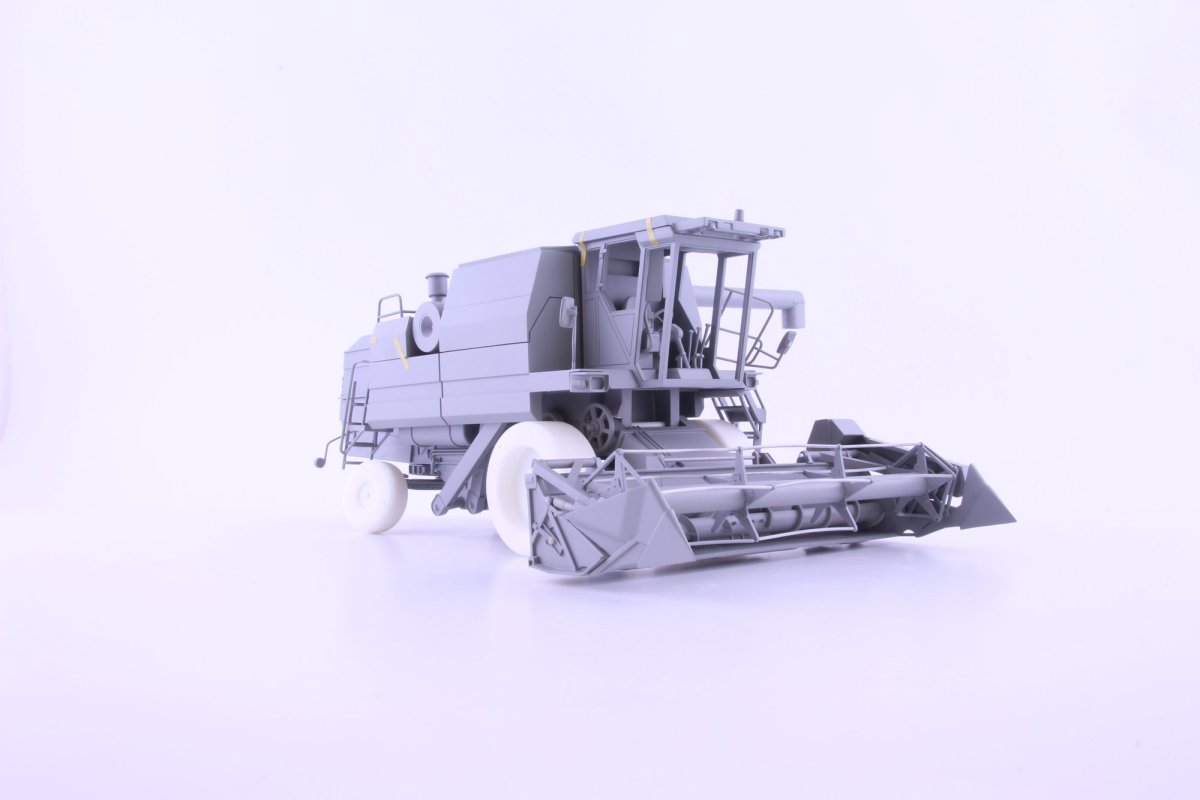
1. Deco
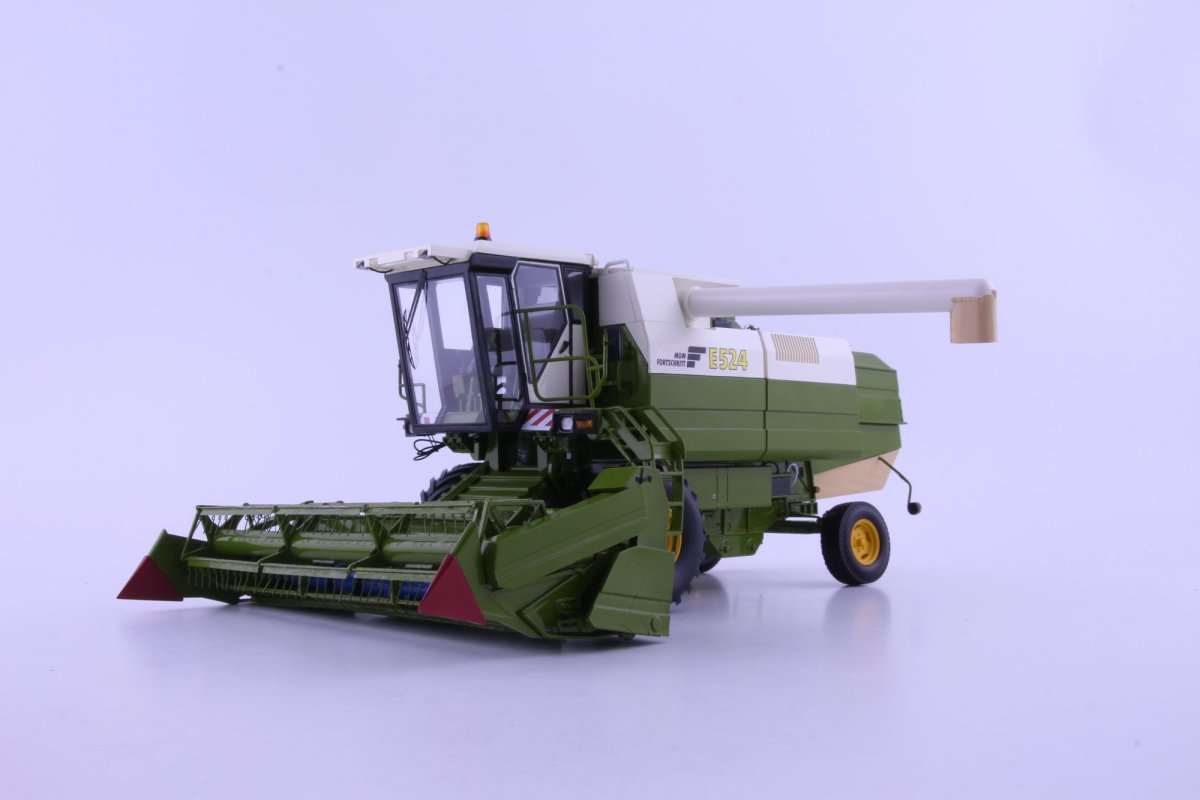
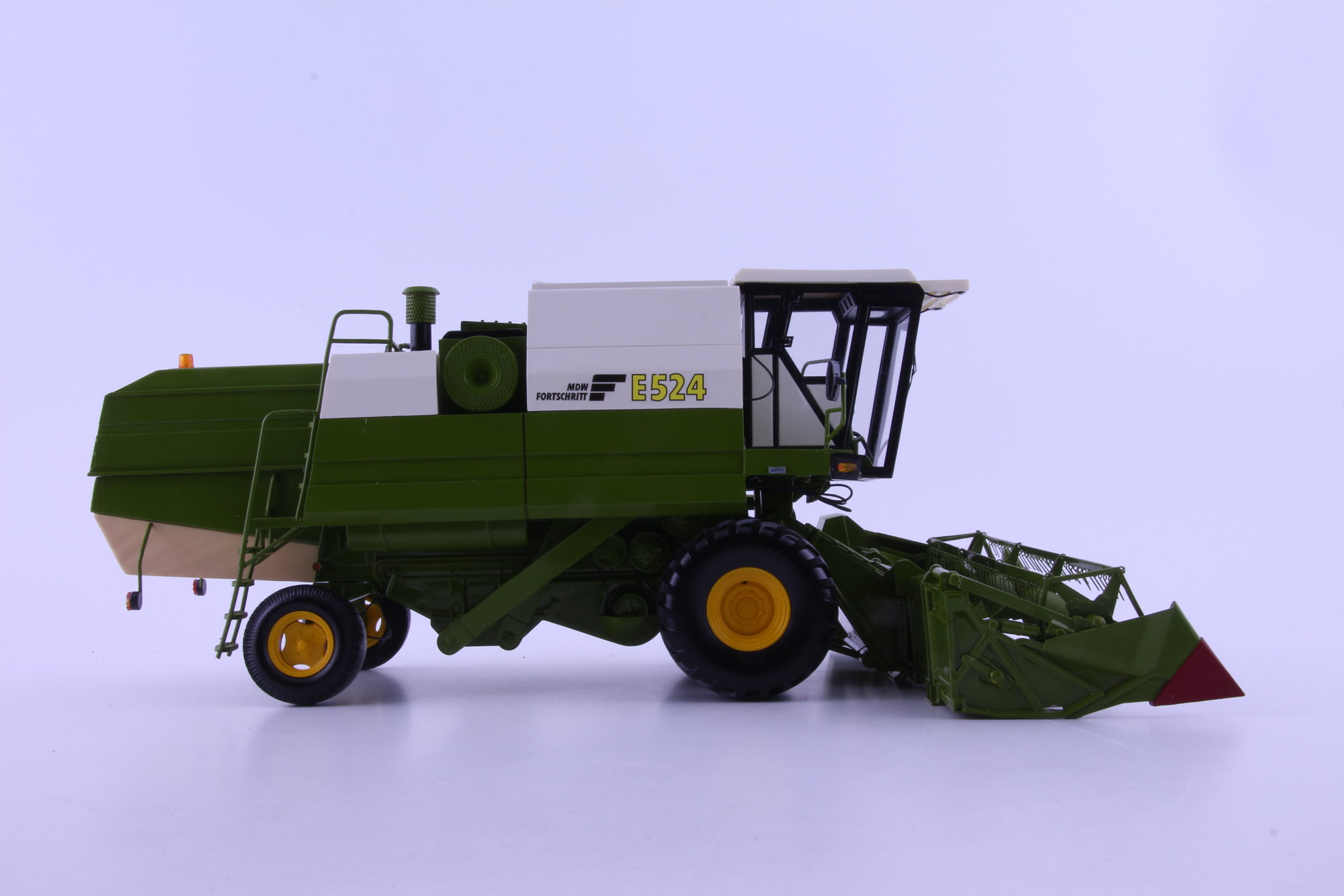
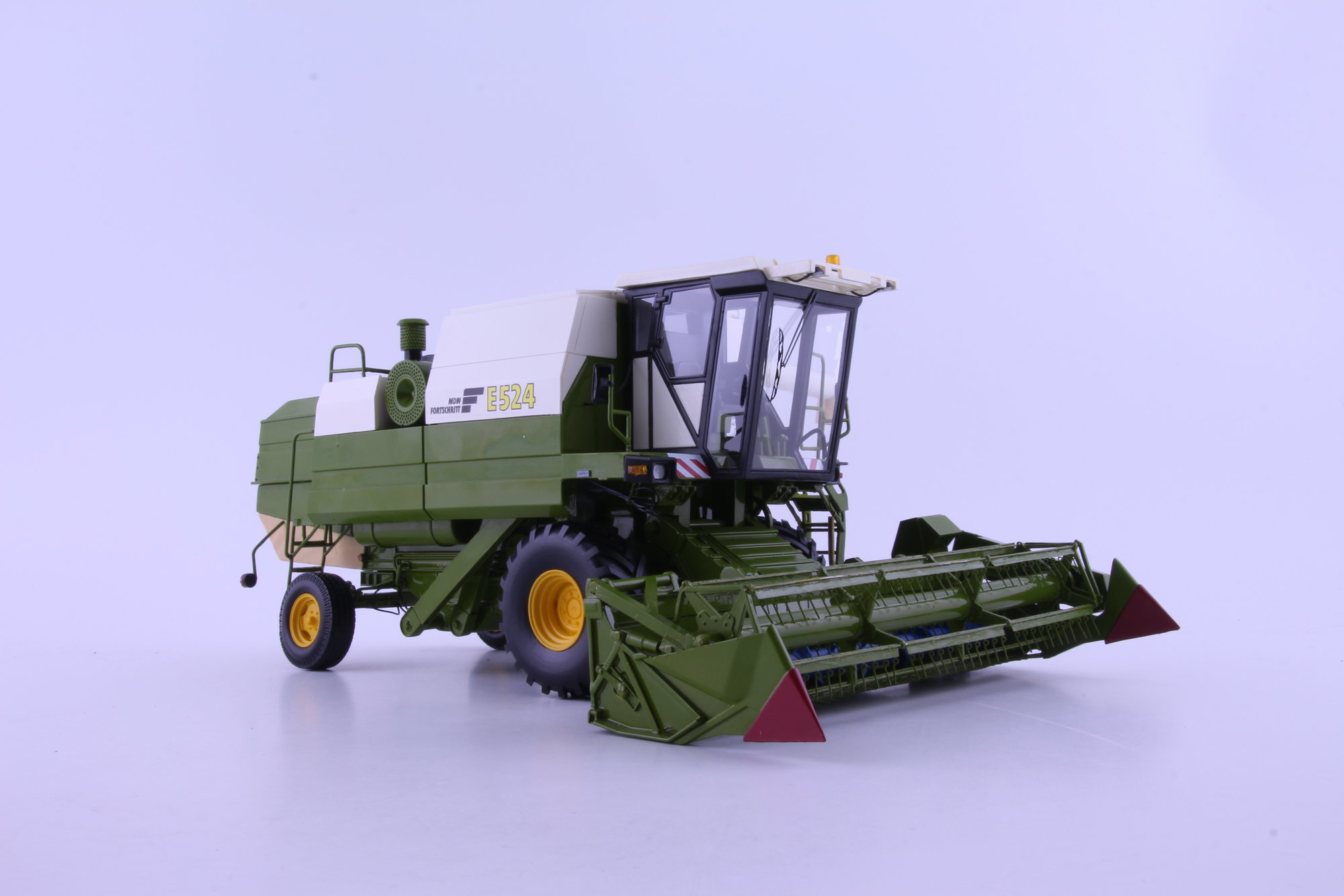
2. Deco
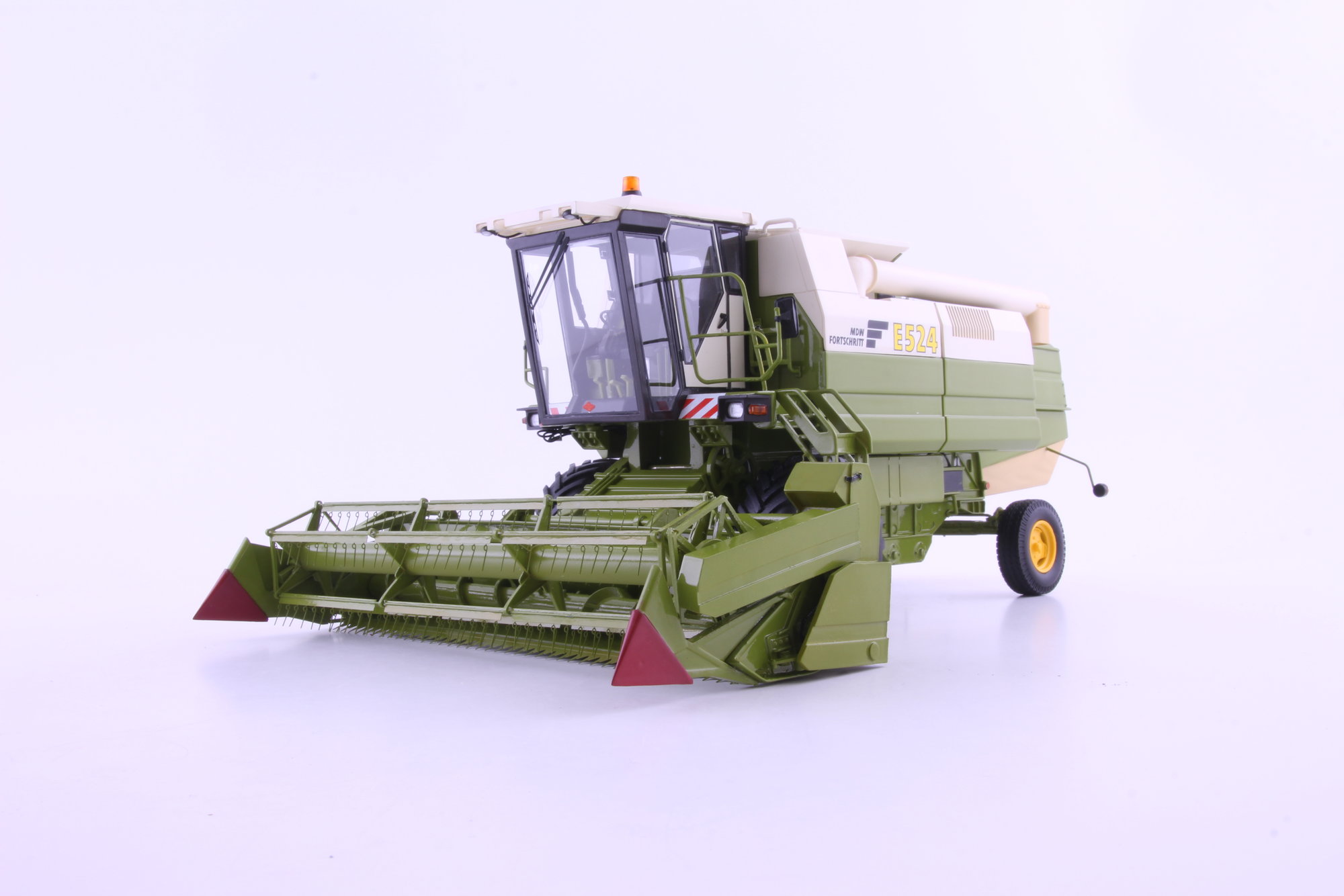

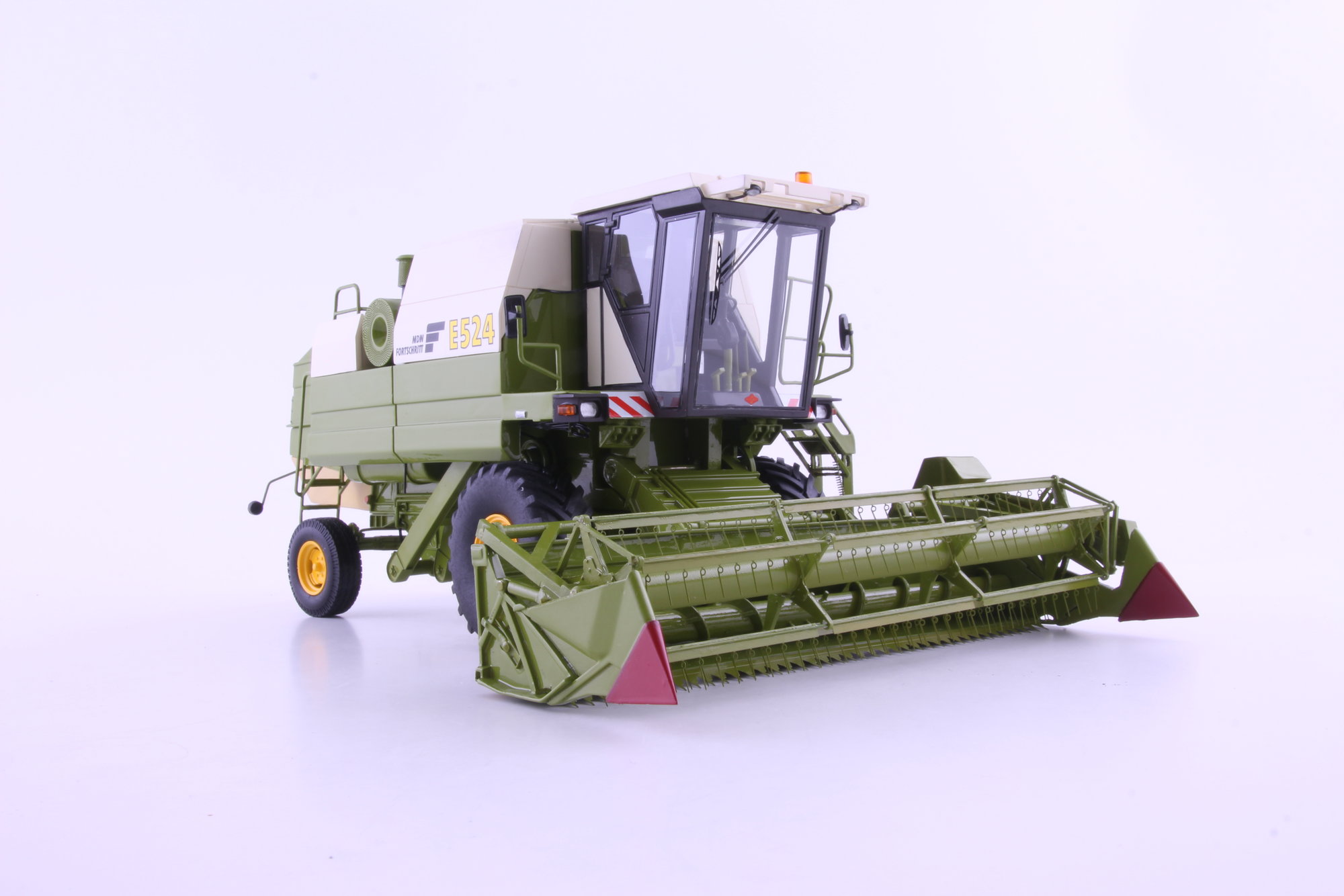
Arrival at the warehouse
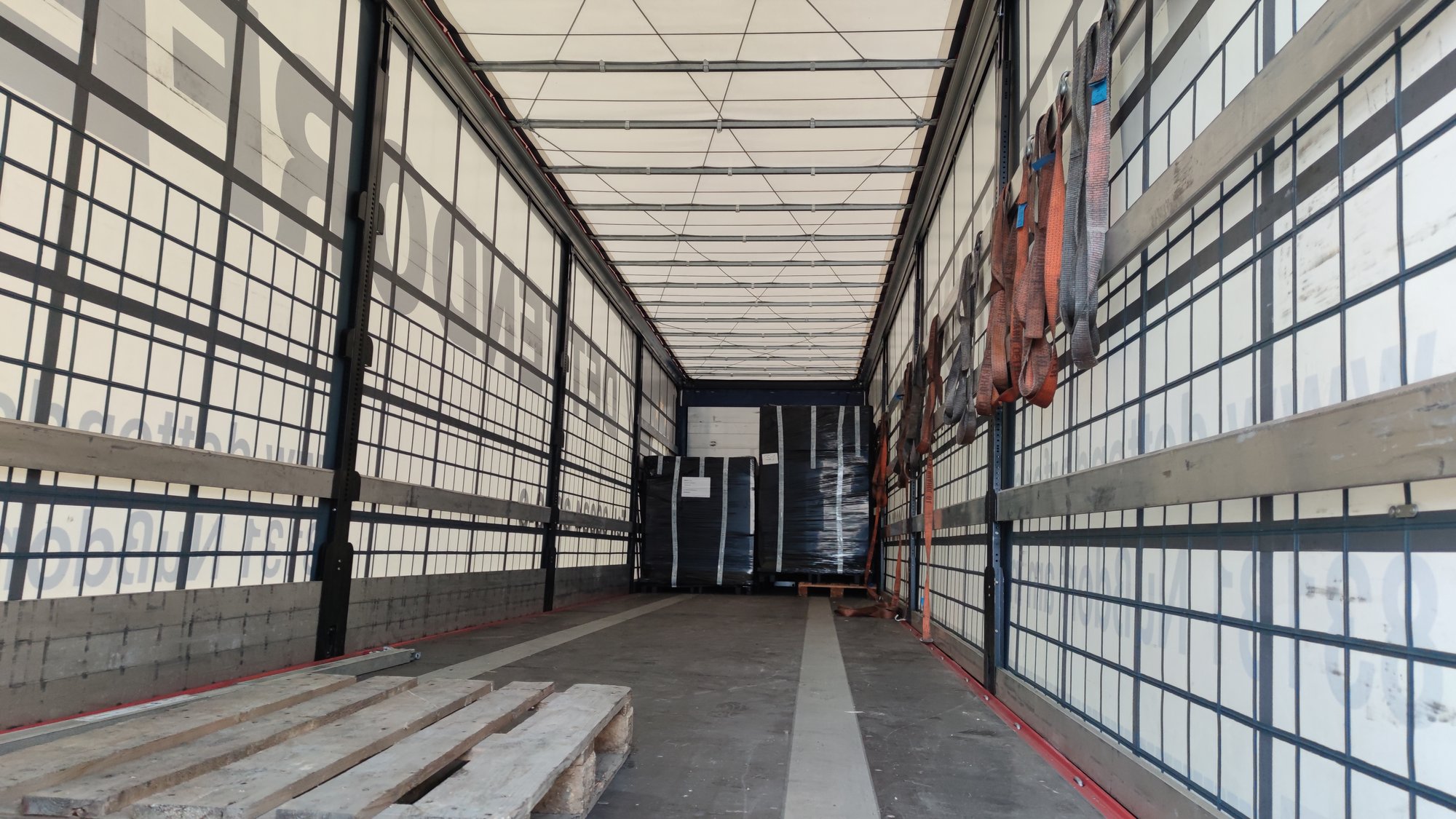
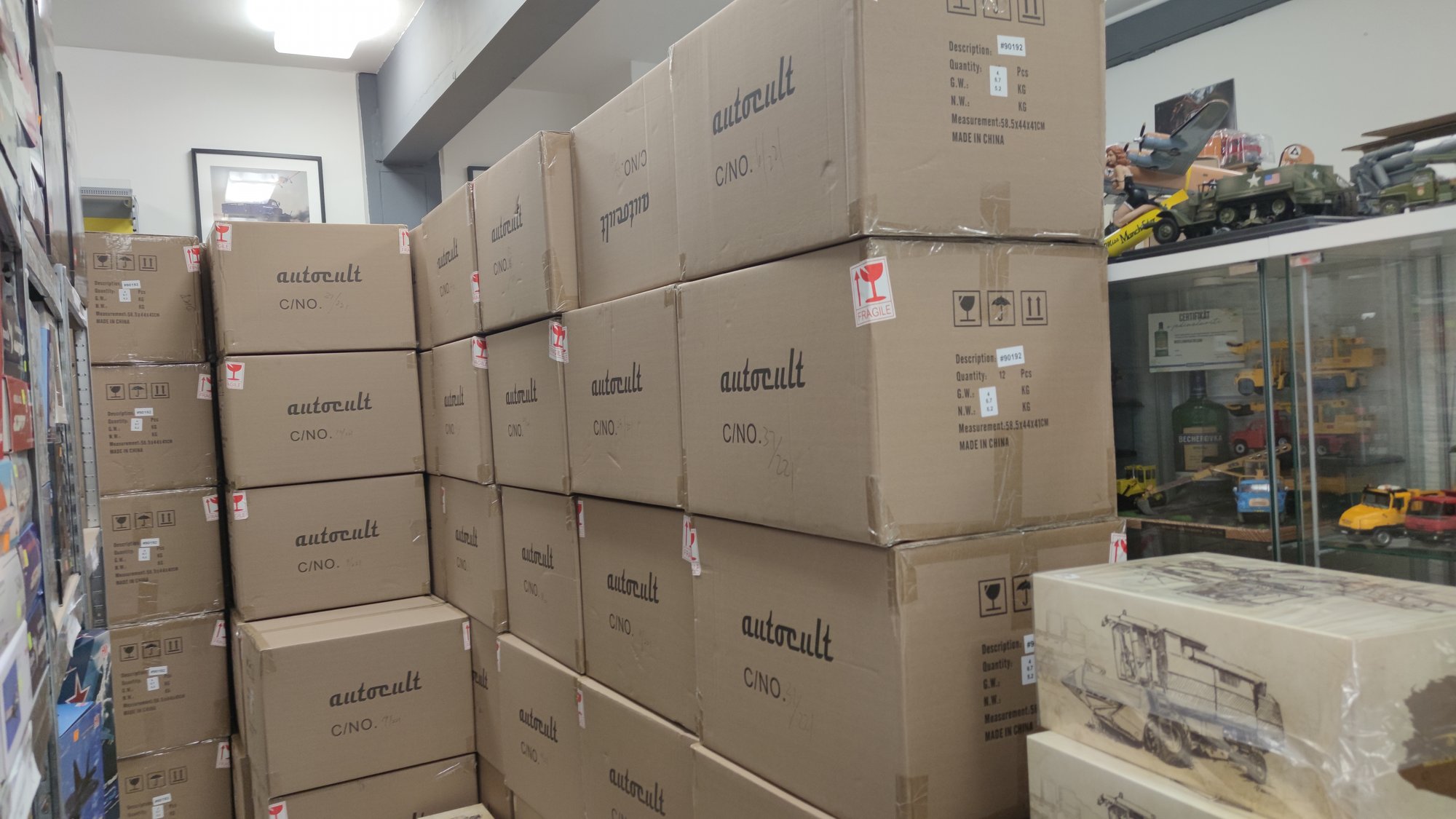
Model checking

The final model
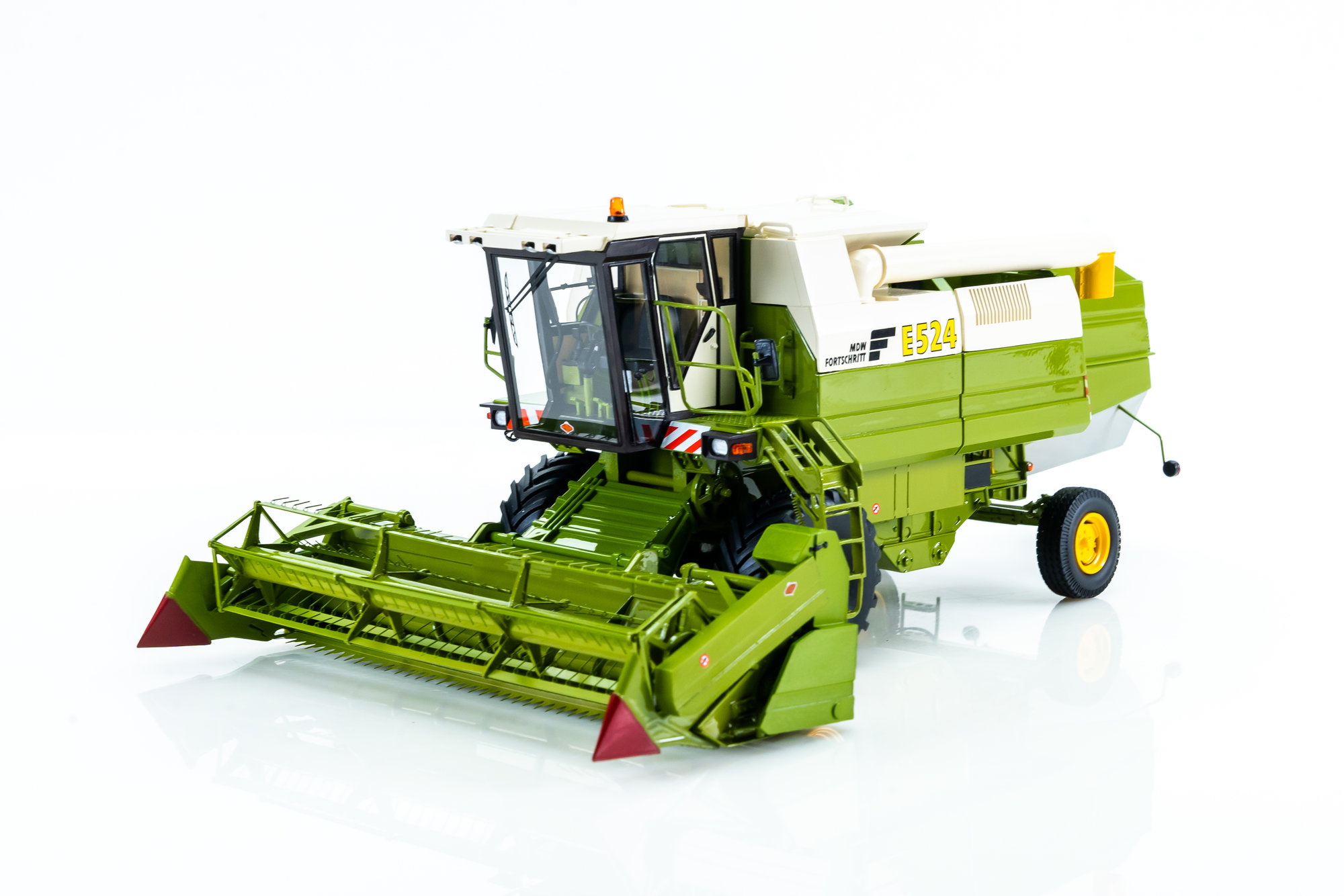
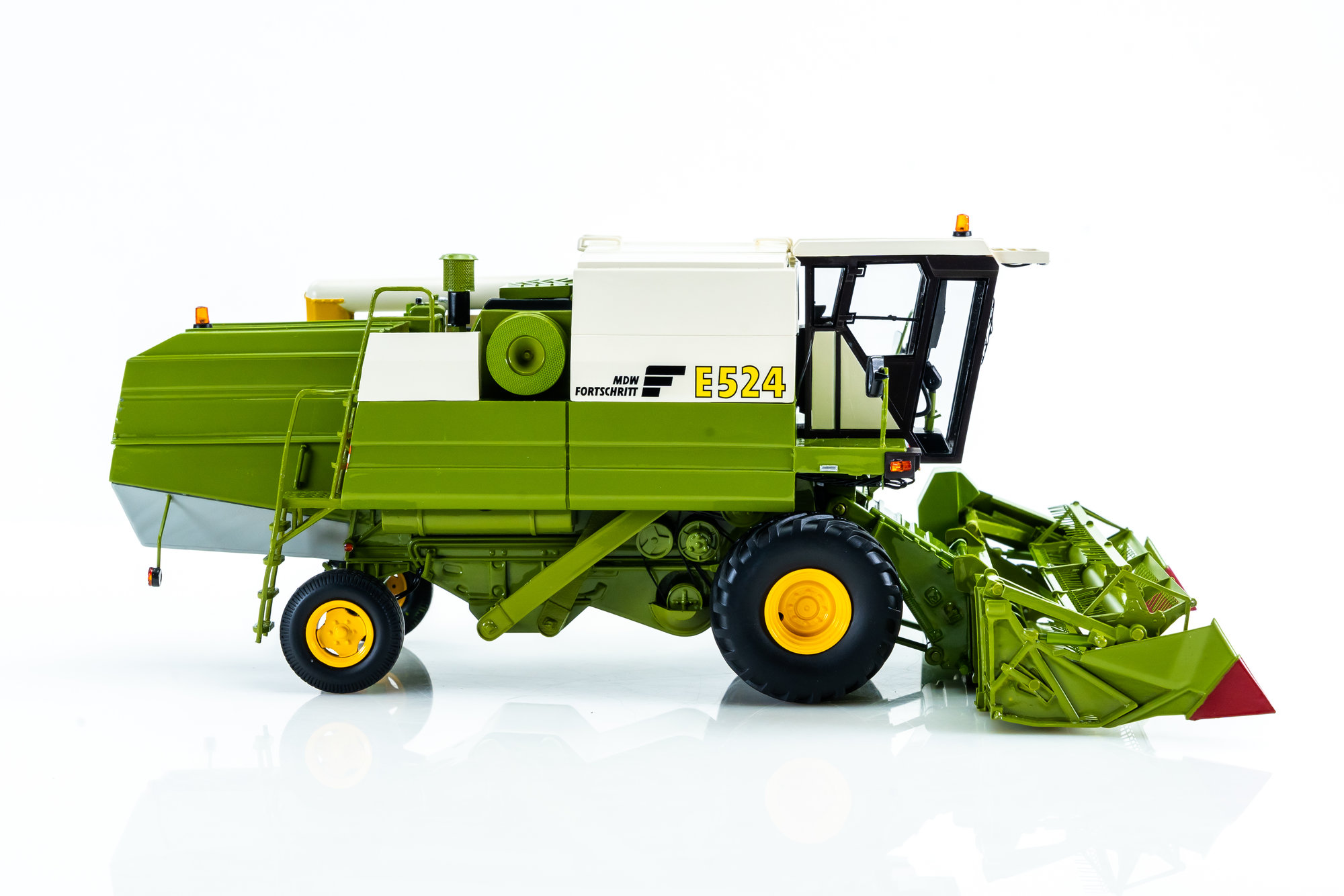
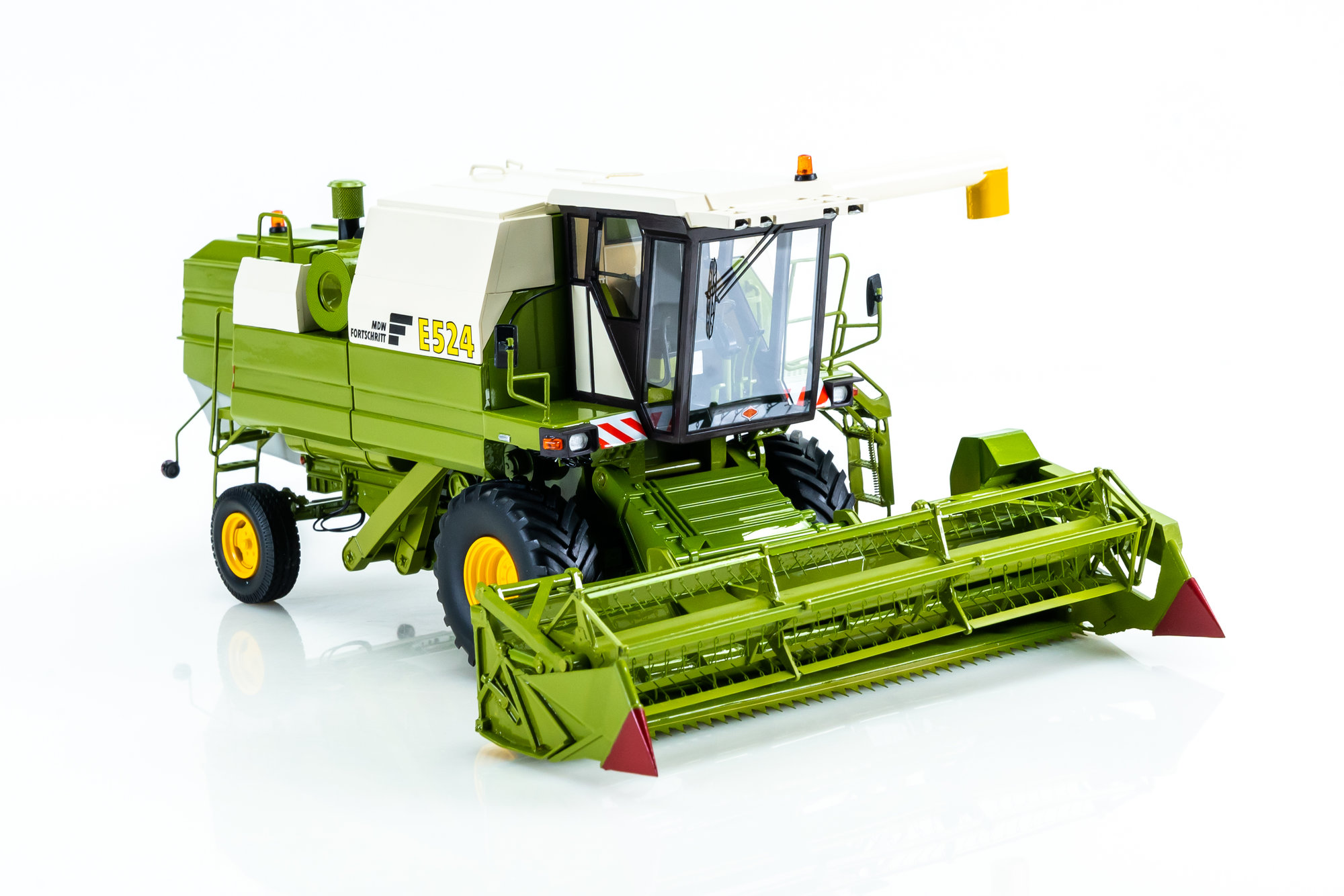
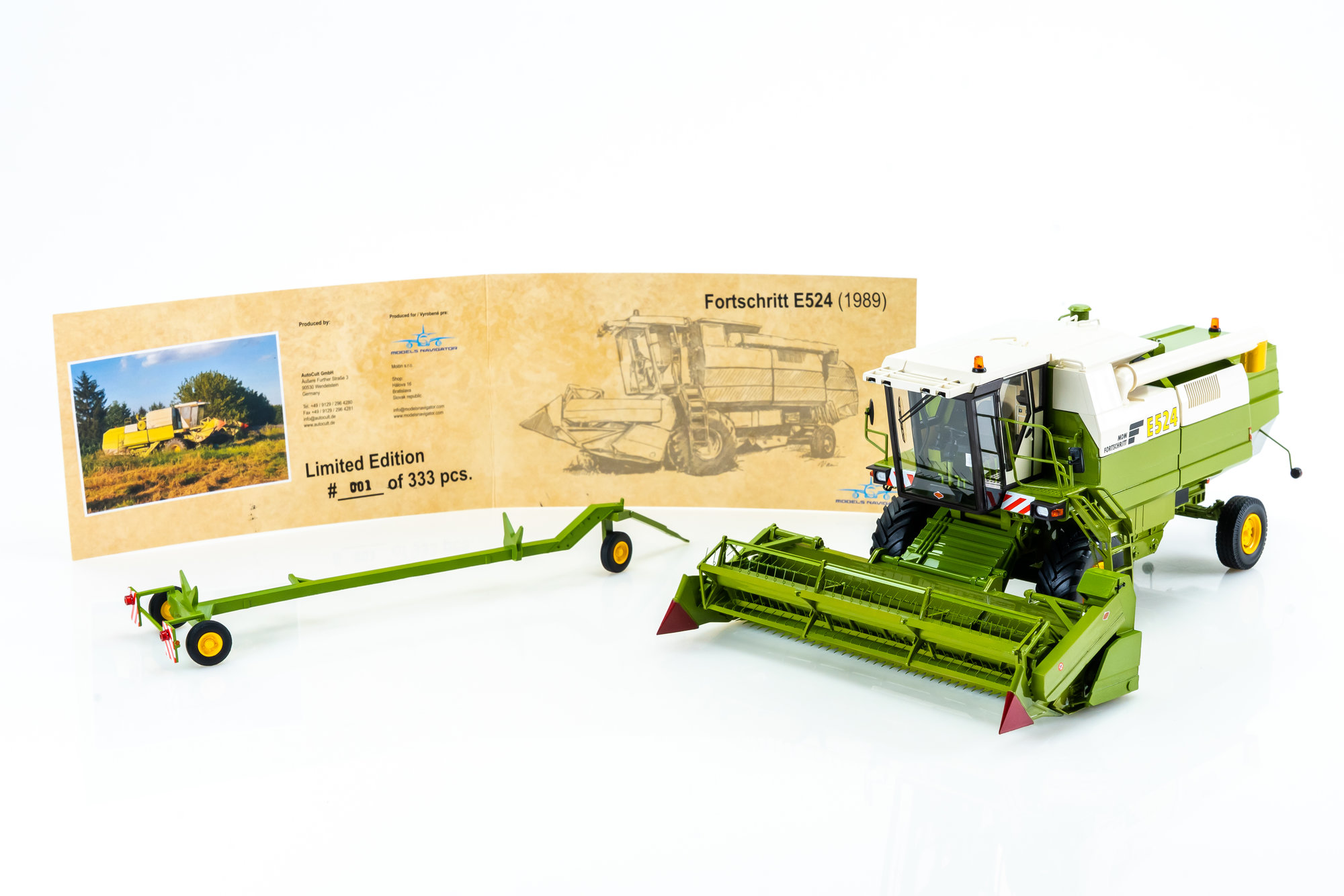
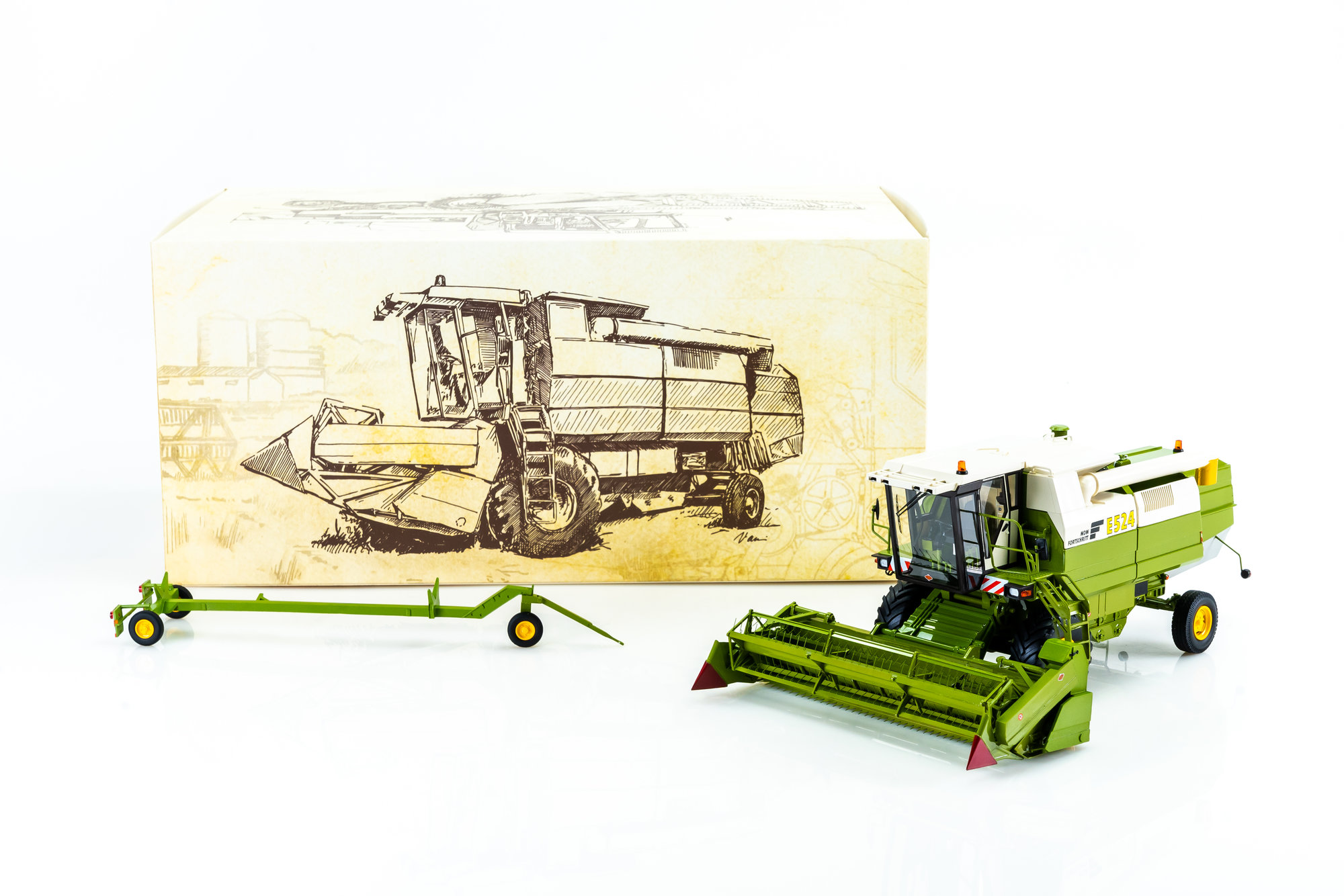
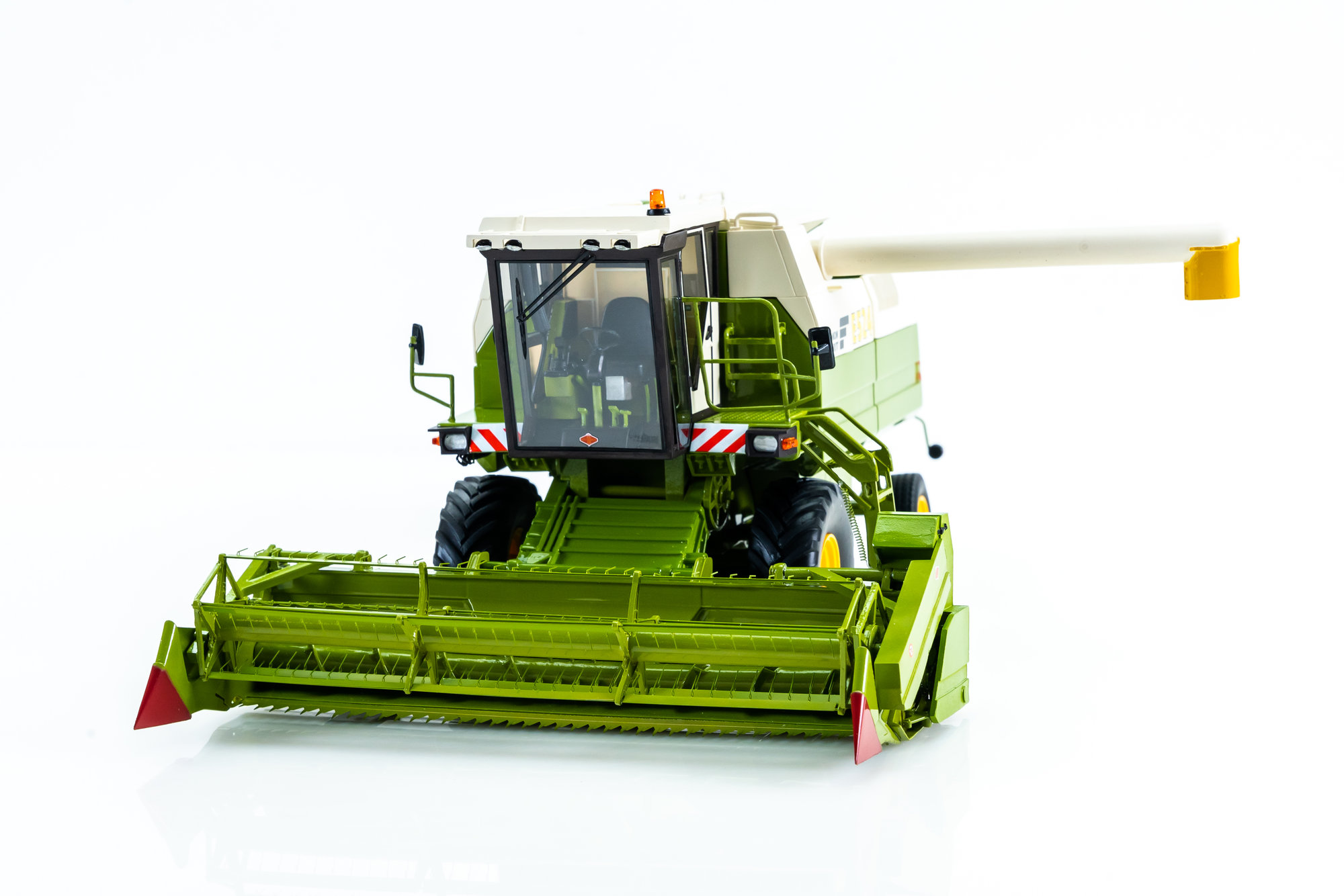
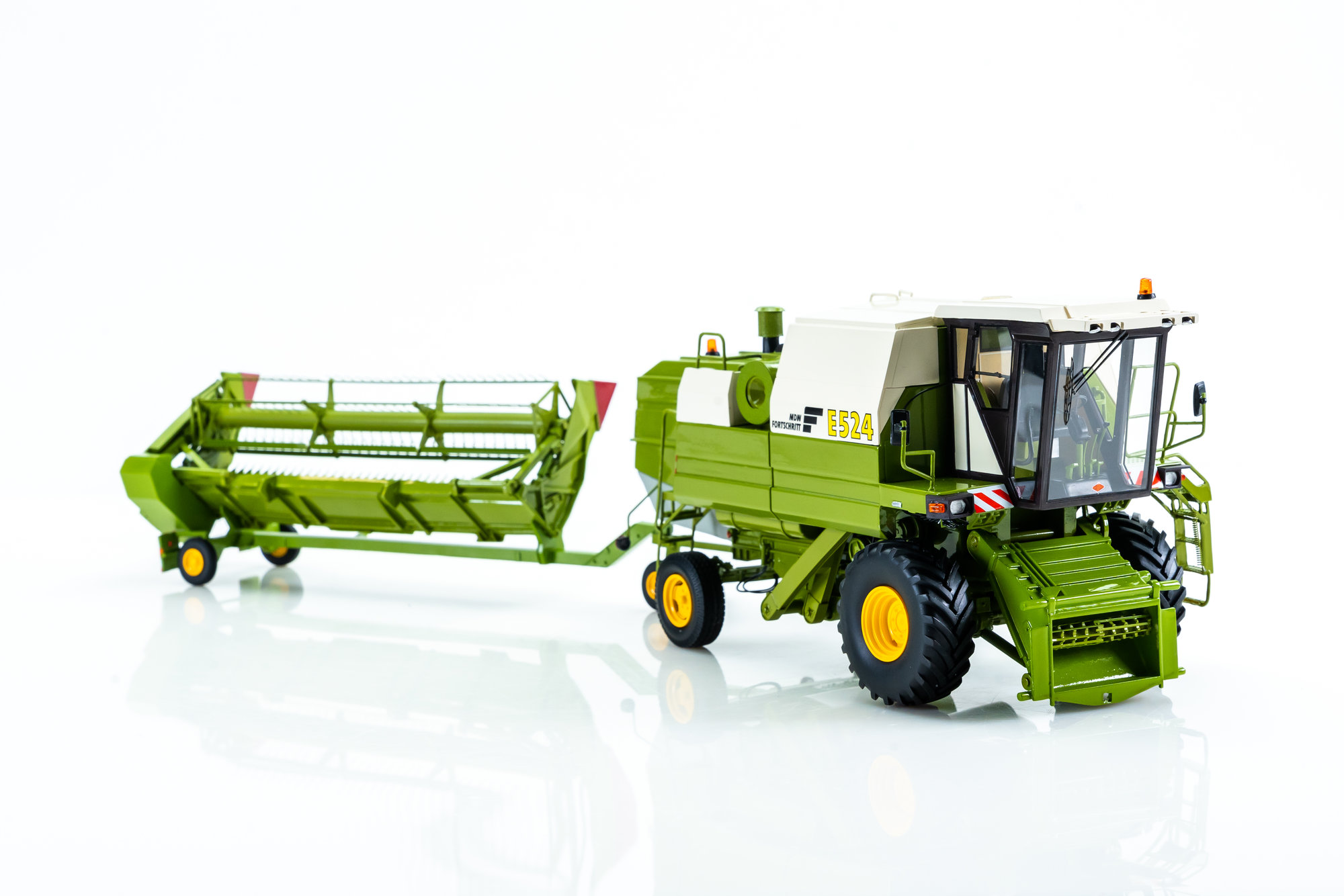
This blog was written by Matúš Gabaš. Edited by Marko Eisner.






